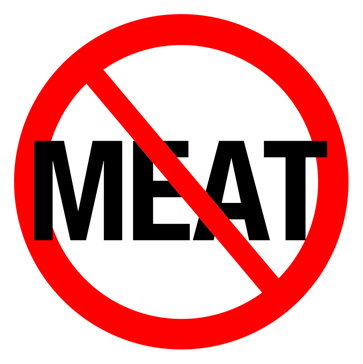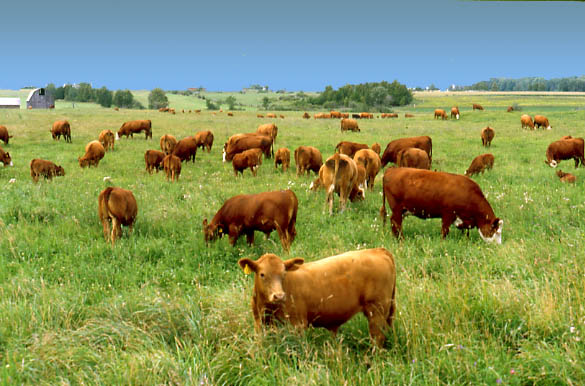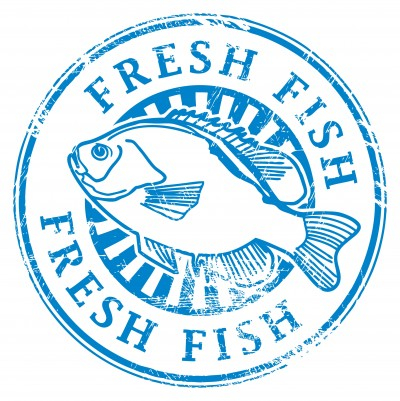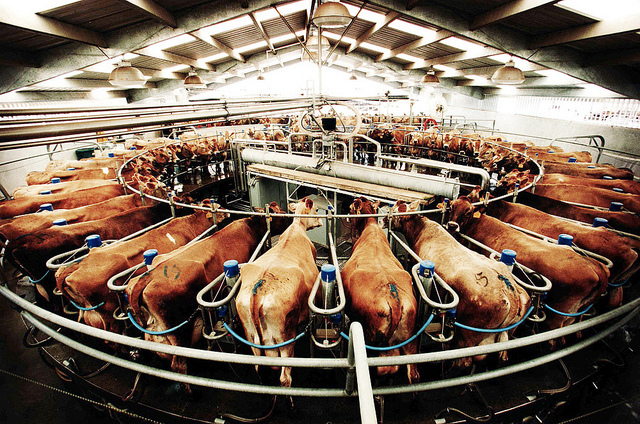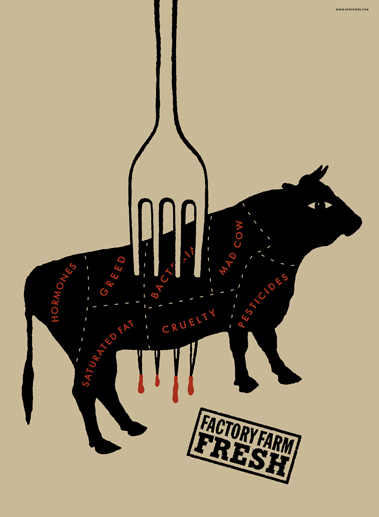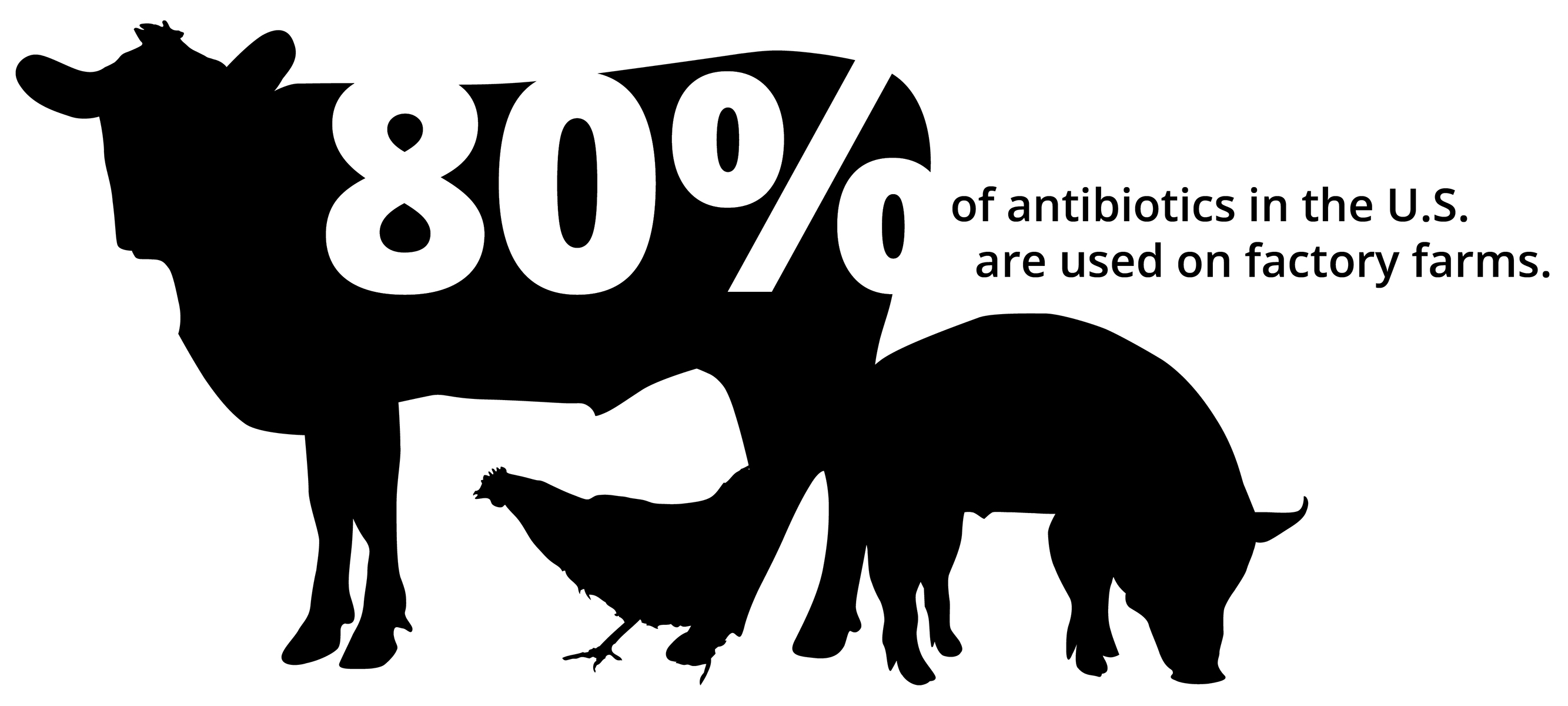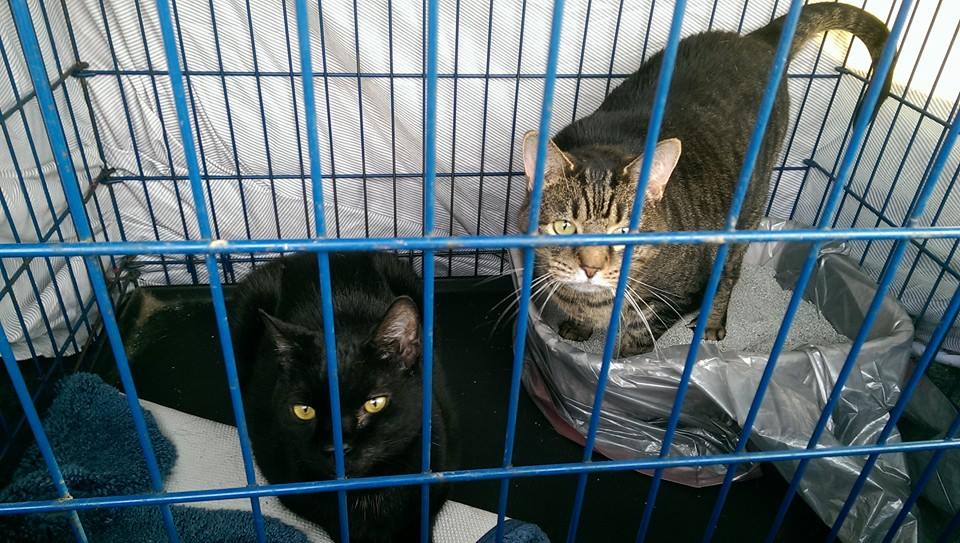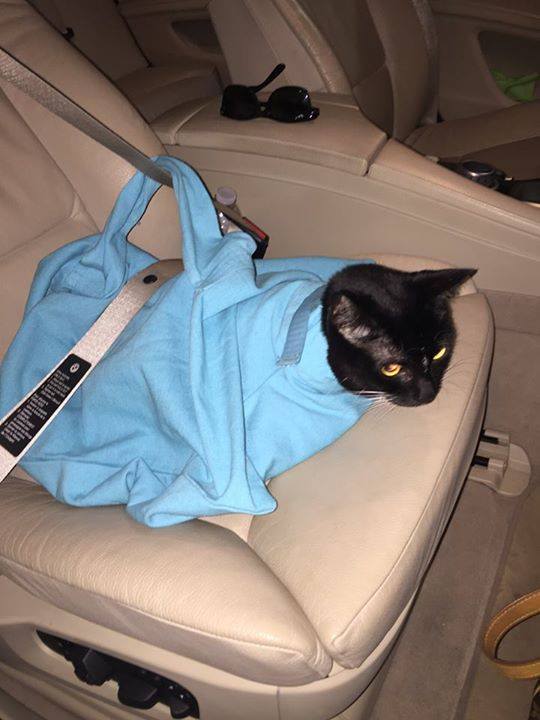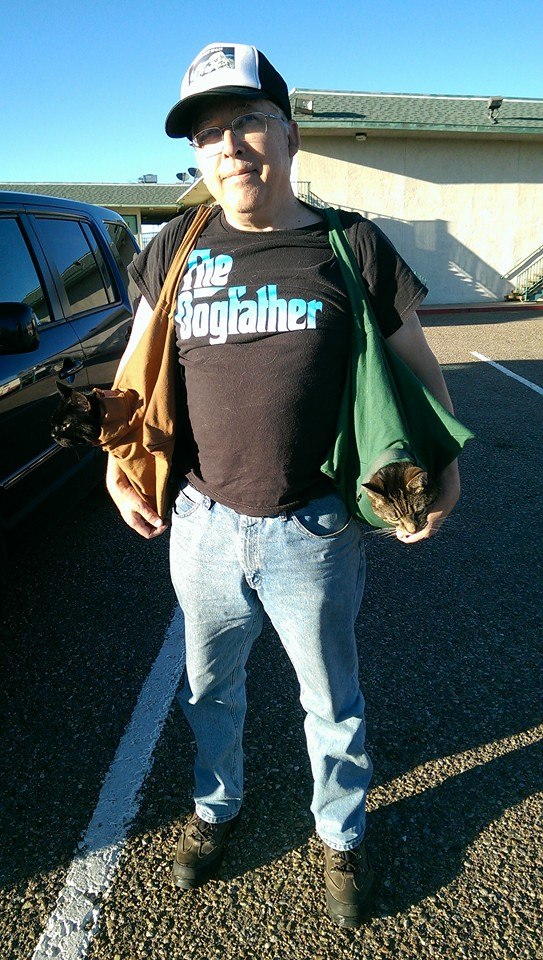I can’t tell you the number of friends and family members I have that are vegetarians. People sometimes assume because I’m Buddhist, I am, too. But, although I rarely eat steak and frequently enjoy a vegetarian dish, I do eat meat. Yes, I eat meat at the same time I champion humane treatment of animals–how is this possible?
There was a time when I considered becoming vegetarian. But, in the end, I knew myself too well. I love pepperoni and will probably be eating pizza on my deathbed! I might not be a steak person, but I do love a great hamburger. And my husband can cook a chicken like nobody’s business. So…I do eat meat, I have always eaten meat and I will always eat meat. That’s a given.
But what was I to do about this niggling feeling that I ought to be able to enjoy my food and also be respectful to the animals that died for it?
Six Ways You Can Change and Reduce Meat Consumption
Some of you may already have read my review of Dr. Temple Grandin’s book Animals Make Us Human. In this book, she puts forward an important concept: that if we are going to eat animals as part of our diet, there is no reason the ones we raise for that purpose must be frightened at the end of their lives. In fact, she designed certain devices used by the meat processing industry today that ensure the animals are calm right up to the end, which is very quick. And really–that’s all we want too, isn’t it? Because of Dr. Grandin’s research, meat processing is light years ahead of where it was only a few years ago. However, according to the World Animal Protection Organization, the treatment of farm animals is the world’s biggest animal welfare issue – and it’s getting bigger. By 2050, livestock production will be twice what it was in 2000. Right now, more than 70 billion animals are farmed for food each year – two-thirds in conditions that mean they can’t move freely or live naturally. More and more, moral consumers are saying, no more factory farms!
Still, how can you–just you reading this–help to make things even better for the animals that eventually become our food? Well, there are lots of ways.
1) Reduce meat consumption by trying Meatless Mondays. Here’s a great video about that.
2. Buy pastured livestock meats from acceptable sources, where the animals are treated humanely all their lives–such as local farms or farmer’s markets. Even if you do this only some of the time, you’re ahead of the game.
3. When shopping for meat other than at these sources, make sure the labels indicate third party certified for animal welfare. And ask your store to provide humanely raised meats.
4. Even today, the poultry industry is among the worst violators of treating animals humanely before and during slaughter. So don’t forget about the eggs you buy. They should be labeled ‘cage free’ or ‘free range’, indicating the hens were not living in tiny battery cages (about the size of a single piece of paper) all their lives.
5. If you must eat fast and processed foods, give your business to the chains that are doing the best job of buying pastured livestock from humane producers: Chipotle, Whole Foods, Wolfgang Puck Restaurants, Sara Lee, Krispy Kreme, Hellmann’s, Safeway, Wendy’s, Sonic, Cracker Barrel, Burger King and McDonald’s. You’ll also want to avoid these brands: Tyson, Smithfield, Butterball, Pilgrim’s Pride, Kentucky Fried Chicken and Domino’s Pizza.
6. Take action. Learn everything you can about eating humanely, and why there should be no more factory farms. When travelling, avoid local cuisine such as the burgers in the Cayman Islands, which are often made with green sea turtle meat (an endangered species.)
WhAT IF YOU REDUCE MEAT CONSUMPTION BY EATING Fish and Other Seafood?
Sadly, Germany and Norway lead the way in the reduction of inhumane methods to slaughter fish. The largest majority of fish you buy in the US will have died a painful and protracted death. So please consider reducing the amount of fish you eat, at the very least.
Why No More Factory Farms?
Factory farming has been labeled as the biggest cause of animal cruelty in the world. The frenzied pace of breeding, raising and killing required to mass produce meat means that animals suffer the following:
· Intense confinement and overcrowding. Over 100,000 animals are forced within a single structure, resulting in trampling, suffocation, cannibalism and starvation.
· Severe Stress. Animals are restricted from natural behaviors like grazing, rooting, scratching, foraging, mud wallowing, running and nesting.
· Routine mutilation without pain relief.
· Extreme exposure to heat or freezing cold while in transport.
· Fear and Distress. They’re subjected to busy, industrialized slaughterhouses designed to be able to kill 200 animals per minute.
· Frequent improper stunning and slaughter methods. Factory farm animals routinely have their throats cut, are boiled and dismembered alive – and while fully conscious – by workers under extreme pressure to produce a high output. Sadly, with cost and convenience as main drivers of consumer decisions, most of us are supporting this type of farming.
Factory farmed meat instead of using that from pastured livestock is also a danger to human health. Factory farms selectively breed animals and inject them with growth hormones to grow as big and as quickly as possible. Because animals live together is such close quarters, factory farms pump animals full of antibiotics to prevent the spread of disease. But overuse of antibiotics has caused microbes to become resistant, and future infections cannot be treated. Despite the widespread use of antibiotics, factory farmed animals are still susceptible to contract many diseases such as salmonella, mad cow disease and tuberculosis, which can be passed on to humans through eating their products.
When you consider the amount of growth hormones & drugs we are using and consuming through factory farmed meat, it is no wonder diseases such as obesity, heart disease, diabetes and cancer are increasing. Rates of new infectious diseases are rising like never before. Most scientists agree that factory farming plays a leading role in these increasing threats to human health.
But Why Is Meat From Pastured Livestock So Expensive?
The feed and processing for pastured livestock is more costly. Herbicides and pesticides are often not used, so more labor is needed to take care of the fields where these grains grow. Properly certified processing plants and farms are regularly inspected and humane handling training for the workers is expensive. When pastured animals feed, they don’t put on weight as quickly as those being pumped full of hormones and restricted from moving around. So it’s more costly to bring them to market.
I hear many people say, “How can I afford to eat humanely?” But the question really is, “How can you afford not to?”
Farmer’s Market Online Directory
Joy Jones, our Editor In Chief, is a syndicated columnist living with her husband Dave in Las Cruces, New Mexico. When not working on Your Pet Space, she writes a metaphysical column, as well as urban fantasy and humor. You can e-mail her at joy@yourpetspace.info as well as follow her on Facebook or Twitter.

